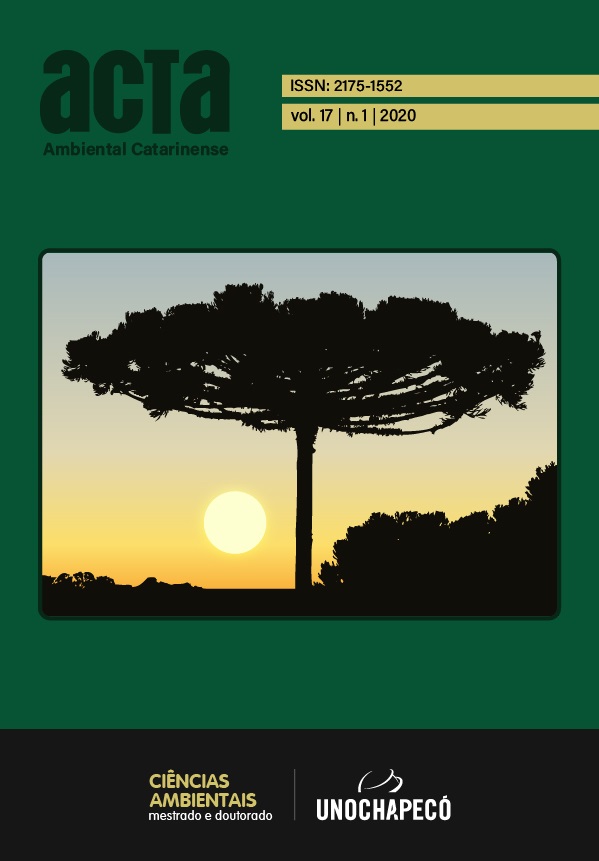Effect of exposure to glyphosate based herbicide - roundup original® - and nutritional therapy with folic acid and selenium on cardiac histogenesis of bullfrog (Lithobates catesbeianus, Shaw - 1802)
DOI:
https://doi.org/10.24021/raac.v17i1.5336Palavras-chave:
Impresso. Bandeirantismo. História da Educação Brasileira.Resumo
Amphibians are susceptible to toxicity, due to easy cutaneous absorption of chemicals present in environment. Using of glyphosate-based herbicides is very common and becomes susceptible to be carrying by surface waters to breeding sites. Glyphosate has oxidizing properties and inhibits the action of key enzymes for regulation of cell cycle. Folic acid and selenium have antioxidant properties, which may help to reduce oxidative stress generated by contact with pesticides. Bullfrog eggs (n = 48) were kept in aquariums with constant aeration and controlled temperature (25 ± 2 ° C) with light and dark cycle of 12/12 hours. Subjects were divided in: Control Group (CG, n = 12), Group Exposed to Roundup Original® (GR, n = 12); group Treat with Folic Acid Exposed to Roundup Original® (GAFR, n = 12) and Group Treated With Selenium Exposed to Roundup Original® (GSR n = 12). Larvae were maintained under experimental conditions during the first three days of development, and then relocated to aquariums with dechlorinated water. After 12 days, tadpoles had their mass and length measured, then were anesthetized by hypothermia and fixed in order to histological preparation. Animals exposed to herbicide exhibited decreased body mass, length and reduction in cardiomyocyte diameter, while folic acid and selenium treated animals showed no changes in body measurements neither in trabeculae of heart tissue. Results show that glyphosate has detrimental effects to development of bullfrog tadpoles and periconceptional supplementation with antioxidants can mitigate damages.Downloads
Publicado
2020-05-05
Edição
Seção
Artigos
Licença
Estou ciente de que, em sendo aprovado, a publicação do artigo será no formato on-line no Portal de Periódicos da Unochapecó.Também tenho ciência de que há autorização para assumir contratos adicionais separadamente, para distribuição não-exclusiva da versão do trabalho publicada nesta revista (ex.: publicar em repositório institucional ou como capítulo de livro), com reconhecimento de autoria e publicação inicial nesta revista.
















